How World War II became the hottest book craze … for kids
Print-book sales of children’s titles that are focused on World War II spies and fighters and the Holocaust are rising because of an ‘insatiable interest’.
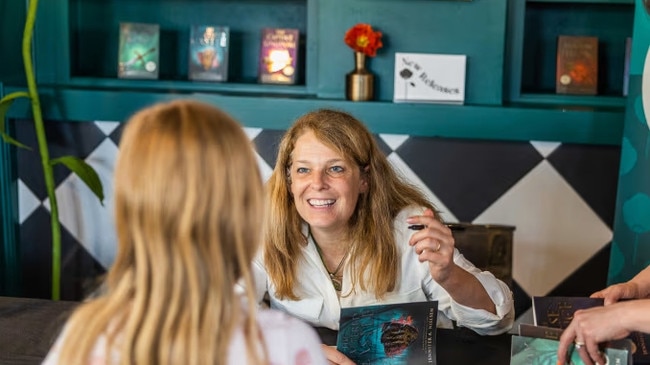
An auditorium of eager American kids were on the edge of their seats a few weeks ago as author Jennifer A. Nielsen told them about Lidia Durr Zakrzewski, a teenager who joined the Polish resistance during World War II. She served as the real-life model for the young heroine in Nielsen’s 2024 novel Uprising.
To the teenage audience Nielsen was akin to a rock star, and she is a bit of one in the publishing world too. The types of books she often writes – historical novels about bombings, spies and young resistance fighters in World War II – have become some of the hottest novels with young readers starting around age eight.
Scholastic, a leading children’s book publisher, is asking agents for more World War II fiction, even as the rest of the kids’ fiction market stagnates. At its book fairs, the publisher sees elementary and middle-school students darting over to the World War II bookcases, nabbing titles before they sell out. Books by authors such as Nielsen and Alan Gratz have hit bestseller lists.
With tales of heroism and spycraft, battle scenes and bravery, Gratz and a coterie of other writers have tapped into many of the same themes that draw kids to the Harry Potter and Percy Jackson series. Instead of dragons, wizards and gods, there are Nazis and young resistance fighters.
In Nielsen’s thriller Rescue, 12-year-old Meg Kenyon becomes part of a dangerous mission through Nazi-occupied France. In Adam Gidwitz’s recent novel Max in the Land of Lies, 13-year-old Max Bretzfeld returns to Nazi Germany as a British spy. And in Gratz’s Heroes, two friends live through the Japanese attack on Pearl Harbor.
“There is insatiable interest,” says Aimee Friedman, an editorial director at Scholastic and editor of one of the genre’s top authors, Gratz. The publisher looks for hot new titles and genres at its school fairs, she says, and quickly saw that kids wanted more: “World War II books are at the top of the list.”
There isn’t a specific category of sales data for children’s books about World War II overall. But print book sales of such titles focused on the Holocaust, part of the World War II canon, rose 13 per cent since 2023, to 350,000 copies in 2024, according to book tracker Circana BookScan.
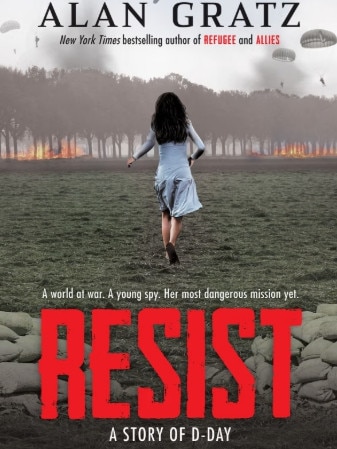
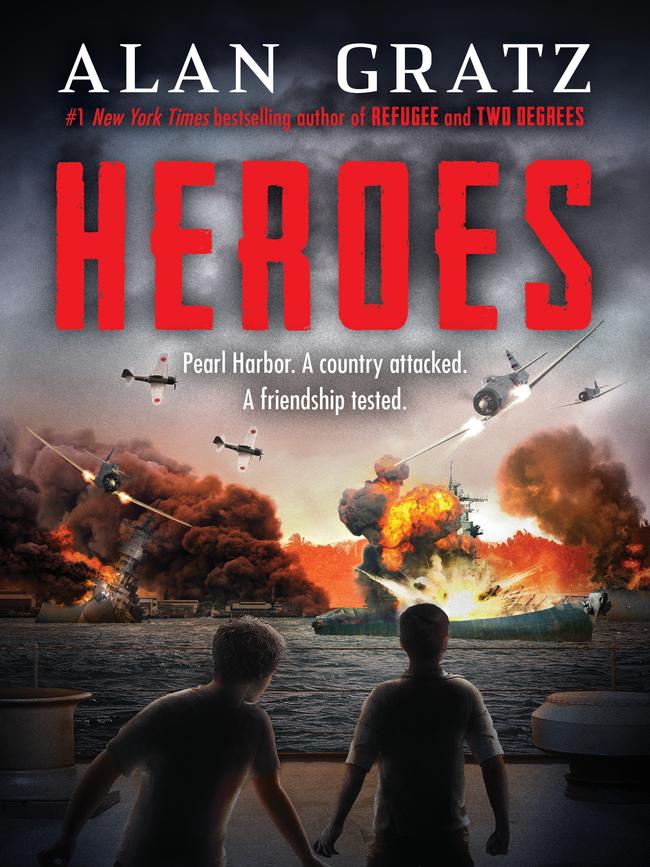
Kids’ fiction otherwise declined 1 per cent during that time, as they continue to struggle with reading in the wake of Covid school shutdowns.
Gratz’s Prisoner B-3087, published in 2013, about a boy who survived a series of concentration camps, is based on the true story of survivor Jack Gruener. It wasn’t long before Gratz realised he’d hit a nerve. “I got more fan mail than from my 10 previous books put together,” he said.
He would go on to write Grenade, about an Okinawan boy caught up in the US invasion of his home island, and Allies, inspired by real events at D-Day.
His novel Resist is a companion to Allies. It is on The New York Times bestseller list for children’s hardcover book sales.
On the nonfiction front, Anne Frank’s The Diary of a Young Girl has been read in schools for decades. Earlier popular fiction includes Lois Lowry’s 1989 novel Number the Stars, about the Danish resistance, and Markus Zusak’s 2006 novel The Book Thief, about a girl in Nazi Germany who steals books to save them from being burnt.
“The conflicts of World War II have endured as a lens of the human condition,” says Julie Strauss-Gabel, president and publisher of Dutton Children’s Books and Gidwitz’s editor.
Nielsen, 53, visits dozens of schools nationwide each year. Her favourite audiences include kids sceptical that stories about events that took place more than 80 years ago could possibly be interesting.
“They can’t believe it really happened and involved somebody their own age,” she says. “They are the ultimate stories about good versus evil.”
Nielsen, whose novels Resistance and Uprising are bestsellers, adds: “There is no middle ground.”
Laura Cheek, a librarian who invited Nielsen to speak in April at her Oklahoma school, says encouraging children’s interested in reading has been a challenge – but Nielsen has found a way in.
“Even middle-school boys who don’t pay attention to anything were sitting there big-eyed and mouths open,” she says. Nielsen had a whiteboard laying out her plans for future book ideas and encouraged those in attendance to create their own stories.
“It was a very cool experience,” says Stella Cheek, an 11-year-old year sixer in the audience. (The two Cheeks aren’t related.)
“When I think of World War II, I first think of the Holocaust, but this broadened my understanding,” she adds. Stella had read Uprising after earlier coming across it in her school library.
“It wasn’t about a Jewish girl but a girl living in Poland when her country was taken over. It helped me understand how World War II affected everybody, not just Jewish people.”
Her brother Huxley, a 14-year-old in year eight who also saw Nielsen speak, was already familiar with World War II historical fiction. As a seventh grader he had read Gratz’s 2017 bestselling novel Refugee, about three kids – a Jewish boy fleeing the Nazis, a Cuban girl fleeing communism and a Syrian boy fleeing war at home – who each make perilous journeys in search of safety.
Huxley says the stories can be disturbing, but he believes it’s important to learn about them.
“Hitler was obviously terrible,” he says. “We should be allowed to know what happened so that we don’t make the same mistakes.”
The hardcover edition of Refugee spent more than 280 weeks on The New York Times’ bestseller list and today has almost 1.6 million copies in print.
Parents sometimes worry that the subject matter is too frightening for their children, but advocates for the books say they provide a compelling opportunity to teach history.
“I tell them that these books aren’t so dark that their kids can’t read them,” says Valerie Koehler, a book shop owner.
“For kids, it’s all about word-of-mouth,” says Sharon Hearn, founder of Children’s Book World in Los Angeles. Hot titles getting talked about include the 2024 book The Bletchley Riddle, by Ruta Sepetys and Steve Sheinkin, about two siblings caught up in the drama of World War II.
Lariat Hale, another year sixer, was tipped off by a friend last year to Nielsen’s Uprising by a friend.
She has since read four or five of Nielsen’s other historical titles, and attended the author’s school event in April. “I liked that some of her books are based on true stories, and that she brings her characters alive with words,” Hale says.
Gratz used to make frequent school visits. These days he hosts a live online book chat every month during the school year from his home. He says he thinks young readers are drawn to his stories because they appreciate fairness and are attuned to the idea of standing up for what’s right. “This was a war we needed to fight to stop the Nazis,” Gratz says. “They were the world’s bully. (Young schoolchildren) understand that.”

Gratz’s latest event drew about 3000 students from 30 US states and three Canadian provinces.
He began it by admitting that, in some regards, he had been a bit of a disappointment. He came from a football family, but instead of going into sports he took up writing. In year three, he said, he wrote his own newspaper, stuffing it in nearby mailboxes.
Two years later, he wrote his first book, Real Kids Don’t Eat Spinach, an advice guide about what foods to eat (pizza and french fries) and to avoid (spinach), movies to watch (Star Wars and Indiana Jones) and fashion tips (shorts and T-shirts).
Today Gratz has published more than 20 books.
Scholastic is bankrolling a major advertising and marketing campaign for Gratz’s next novel, War Games, which will be published in October.
Set during the 1936 Berlin Olympics, the novel tells the story of a female gymnast who sees first-hand how the Nazis have seized power in Germany, laying the groundwork for World War II.
The author will go on a US tour with major ticketed events – an opportunity typically reserved only for big stars. The publisher has ordered an initial printing of 200,000 copies, an impressive number for a children’s title.
“The modern world comes at kids on their phones, on their computers, on their televisions and in the form of active-shooter drills at school,” Gratz says. “They have refugees as classmates. They don’t have the luxury of only thinking about school, home and the neighbourhood. These books help them look at the world.”
The Wall Street Journal


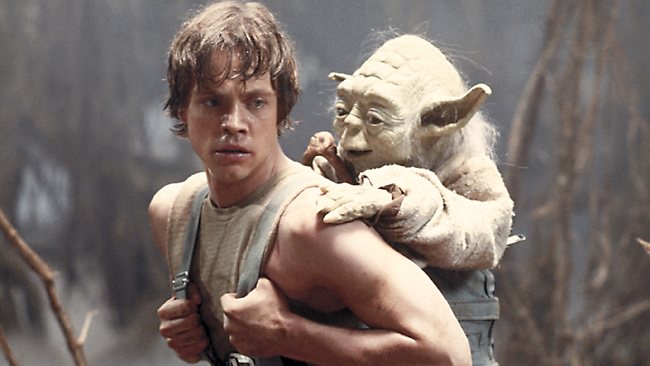


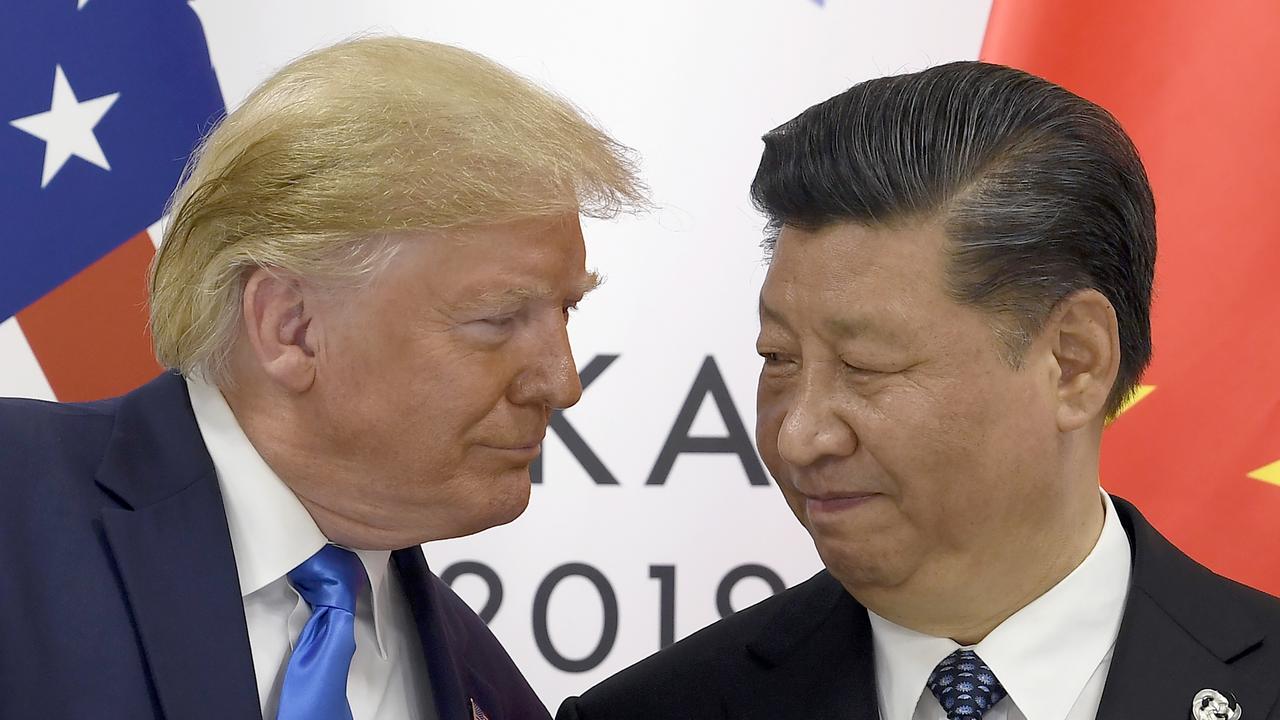
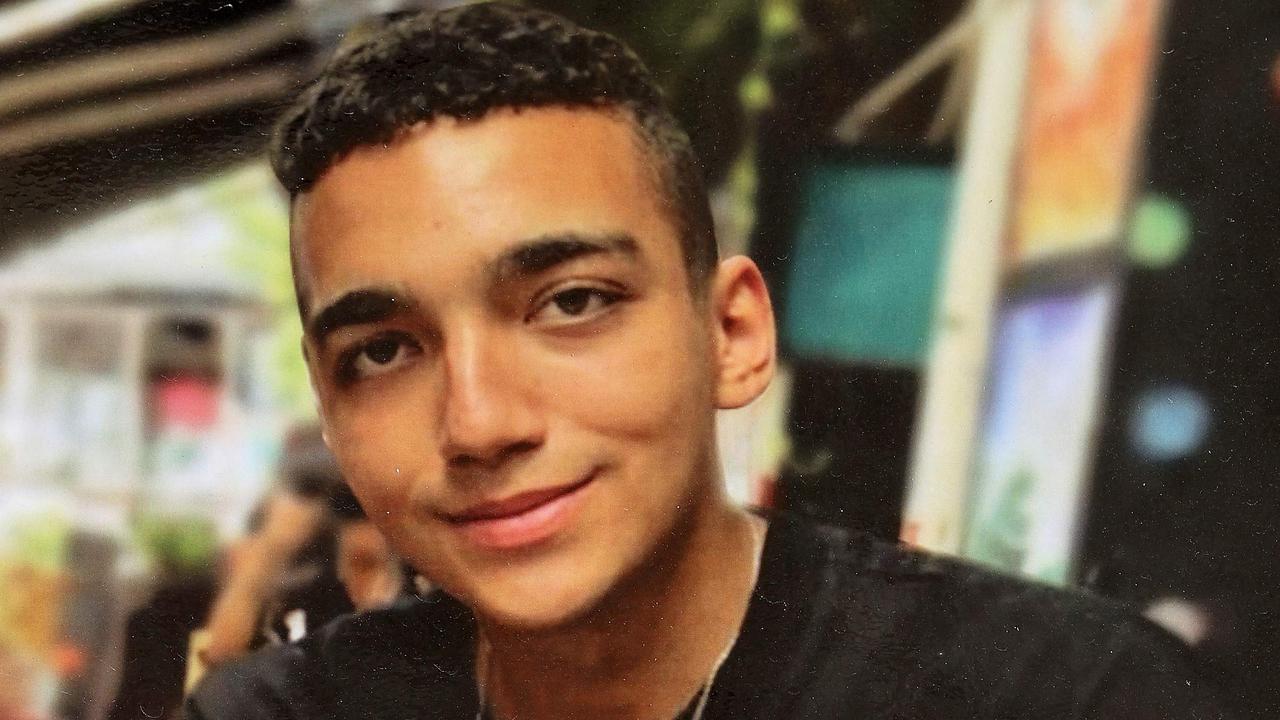
To join the conversation, please log in. Don't have an account? Register
Join the conversation, you are commenting as Logout